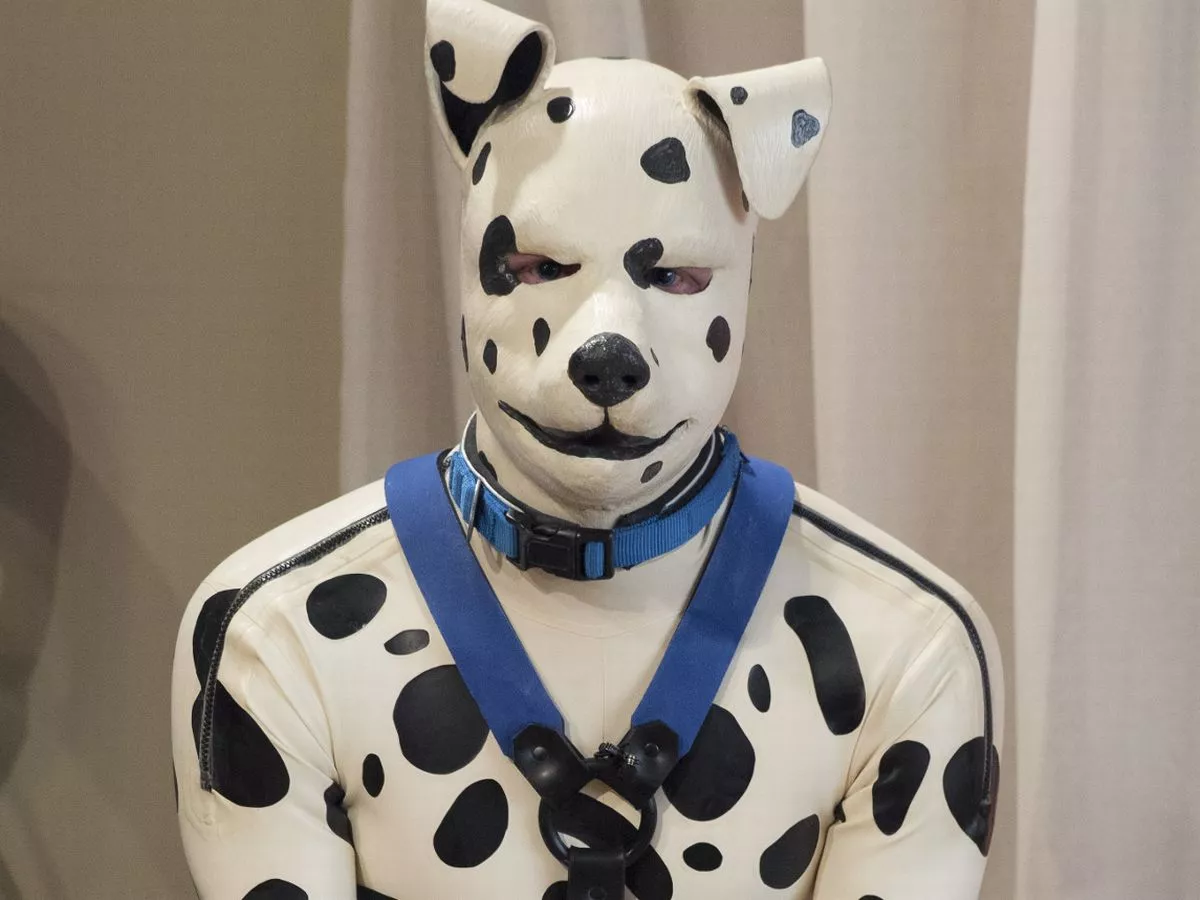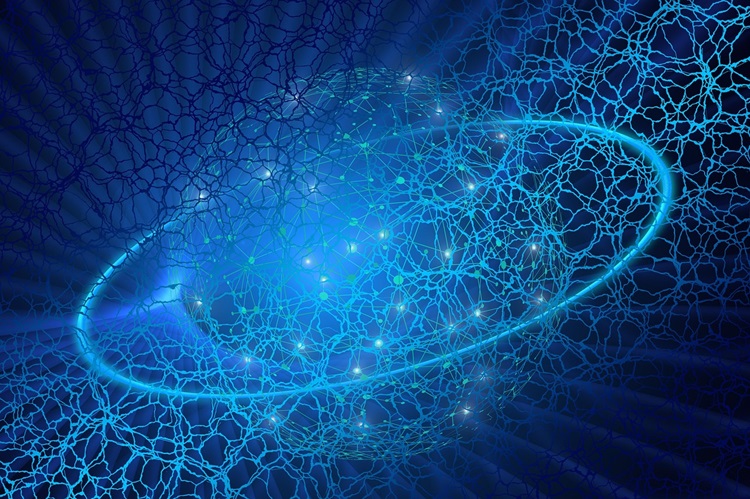The natural world is full of wonders and surprises, and one of the most intriguing aspects is the resemblance between animals and humans. From facial expressions to body postures, some animals possess striking similarities to people. This phenomenon has captivated scientists and animal enthusiasts alike, sparking curiosity about the evolutionary and behavioral implications behind these resemblances. In this article, we will delve into the fascinating world of animals that look like people, exploring the various species and the possible reasons behind their uncanny resemblance.
1. Primates: Our Closest Relatives
Primates, including monkeys, apes, and lemurs, are often considered our closest relatives in the animal kingdom. Their physical and behavioral characteristics bear a striking resemblance to humans, making them a prime example of animals that look like people. Primates share many features with us, such as opposable thumbs, forward-facing eyes, and complex social structures. These similarities are a result of our shared ancestry and evolutionary history.
One notable example is the bonobo, which shares approximately 98.7% of its DNA with humans. Bonobos exhibit human-like behaviors, including empathy, cooperation, and even resolving conflicts through sexual activity. Their facial expressions and body language also resemble those of humans, allowing us to relate to them on a deeper level.
2. Canines: Man’s Best Friend
Dogs have been our loyal companions for thousands of years, and their close relationship with humans is evident not only in their behavior but also in their physical appearance. Domesticated dogs have evolved alongside humans, leading to certain breeds that bear an uncanny resemblance to their human counterparts.
For instance, the Siberian Husky’s striking blue eyes and facial markings often draw comparisons to human eyes and eyebrows. Similarly, the Afghan Hound’s flowing locks and regal posture have been likened to human hair and elegance. These resemblances are not coincidental but rather the result of selective breeding, where humans have intentionally chosen certain traits that resemble their own.
3. Birds: Feathered Mimics
Birds are known for their diverse array of colors, patterns, and behaviors. Some species have evolved to mimic human characteristics, either through their appearance or their vocalizations. The African Grey Parrot, for example, is renowned for its ability to imitate human speech with astonishing accuracy. These birds can mimic not only words but also the tone and inflection of human voices, leading to a surreal experience of conversing with a feathered creature.
In addition to parrots, certain bird species exhibit physical features that resemble humans. The Secretary Bird, with its long legs and upright posture, has been compared to a human dressed in business attire. Similarly, the Hornbill’s large beak and prominent casque bear a resemblance to a human nose and forehead. These resemblances may serve various purposes, including camouflage, courtship displays, or simply as a result of convergent evolution.
4. Marine Mammals: The Human Connection
Marine mammals, such as dolphins and seals, have captivated humans with their intelligence and social behavior. Some of these creatures also possess physical features that bear a resemblance to humans. The bottlenose dolphin, for instance, has a curved mouth that often appears to be smiling, leading to its association with happiness and friendliness.
Seals, on the other hand, with their large expressive eyes and playful nature, have been compared to human infants. Their ability to interact with humans in captivity further strengthens this connection. These resemblances may evoke feelings of empathy and familiarity, enhancing our fascination with these marine creatures.
Conclusion:
The world of animals that look like people is a captivating one, showcasing the diversity and complexity of the natural world. From primates to birds, canines to marine mammals, these resemblances offer a glimpse into the shared traits and evolutionary connections between humans and animals. Whether it’s through physical features, behaviors, or vocalizations, these similarities remind us of our place in the animal kingdom and the intricate web of life that surrounds us. Exploring these resemblances not only deepens our understanding of the natural world but also fosters a sense of wonder and appreciation for the incredible diversity of life on Earth.








